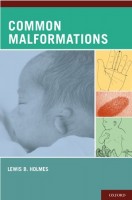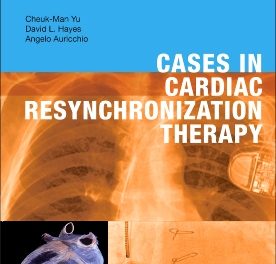 Author: Lewis B. Holmes, MD
Author: Lewis B. Holmes, MD
Publisher: Oxford University Press
Book Review by: Nano Khilnani
Mothers are shocked and in utter disbelief when they see their newborn baby malformed. The author points out that the distressed parents’ question is typically: “Why did this happen?
Finding the answer involves asking the mother a series of questions relating to possible causes. This takes many days and even weeks because the state of mind of the parents is often characterized by anger, anxiety, fatigue and other strong feelings. It takes tedious mental effort by them and their doctor to develop a feeling of mutual trust and comfort so that open communication can lead them to the answer.
What did she drink, what medication was she on, what foods did she eat, or did she stand for prolonged times near the microwave? These are some of the questions that the doctor will ask, to find the cause of the malformation(s) on the child’s head, limbs or body.
But if a pregnant woman knew ahead of time the different causes of malformations, she would take the necessary precautions to prevent such a tragic outcome.
This book presents an entire chart on page 4 outlining the factors that lead women to give birth to malformed infants. Principal among these factors are:
- Taking, during pregnancy, of 30 different drugs containing harmful substances
- Eating foods that contain large amounts of metals like lead and mercury
- Radiation, e.g. cancer therapy
- Maternal conditions (11) ranging from drinking alcohol to a vitamin K deficiency
- Intrauterine infections (9) including rubella and syphilis
- Procedures / assisted reproduction (3) including dilation and curettage
- Trauma to placenta
- Other exposures (10) e.g. carbon dioxide, excessive heat, gasoline fumes
It looks at the more common malformations found in babies and children and traces their causes by looking at pregnancy history, medical history and family history. We have briefly mentioned above how chemical imbalances in pregnant women, as well as what she drank, food she ate and / or the drugs she took could have had an effect on her baby.
When her medical history is reviewed, it goes way beyond the nine-month period preceding the birth of her deformed child. That review by the doctor relates to infections and chronic diseases she has had, such a diabetes and hypertension. It also includes drugs the father may have taken or exposure to chemicals during his military service.
Once these three types of histories are completed with answers to oral questions recorded, the doctor or his staff proceeds with a detailed physical examination of the child to find out if there are multiple malformations.
Close examination of other members of the family follows next, and its purpose is to find out if siblings have malformations also.
A diagnosis is then established by the physician, which is followed by discussing it with the parents. If the deformity was the result of narcotic drugs that the mother took, she would blame herself for her imperfect baby.
At this stage, it is important to note that feelings of anger, guilt or other emotions may block or delay a decision that is in the best interests of the child. Dr. Holmes writes: “The challenge for the clinician, the nurses, and the physicians, is to help identify these strains and make them realistic.”
This 470-page book details the common malformations in 27 chapters and discusses the available options for treatment. Examples of these abnormalities and their variations are presented in this book through photographs. What better way is there to learn about malformations than to actually look at them?
Books on malformations are rare. This is one such rare text. It presents very well, in text and illustrations, cases of a large variety and number of common malformations in infants and children. It discusses genetic causes, presents treatment options, and even preventive measures.
Dr. Lewis B. Holmes has researched well into malformations and written a simply outstanding volume on this rare subject. We congratulate him on his work and recommend readers – parents and healthcare professionals as well – to get a copy of this very useful book on birth defects and their causes.






